
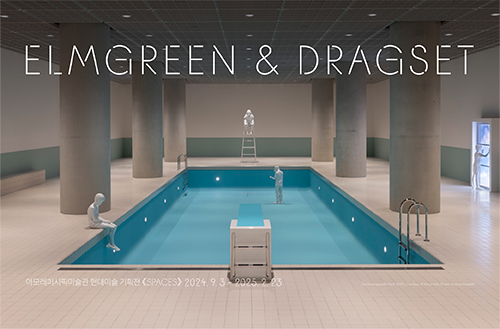
October's Featured Image
Amorepacific Museum of Art’s Special Exhibition: Spaces

Amore Stories introduces a new message and artwork each month, offering inspiration on the theme of ‘beauty.’
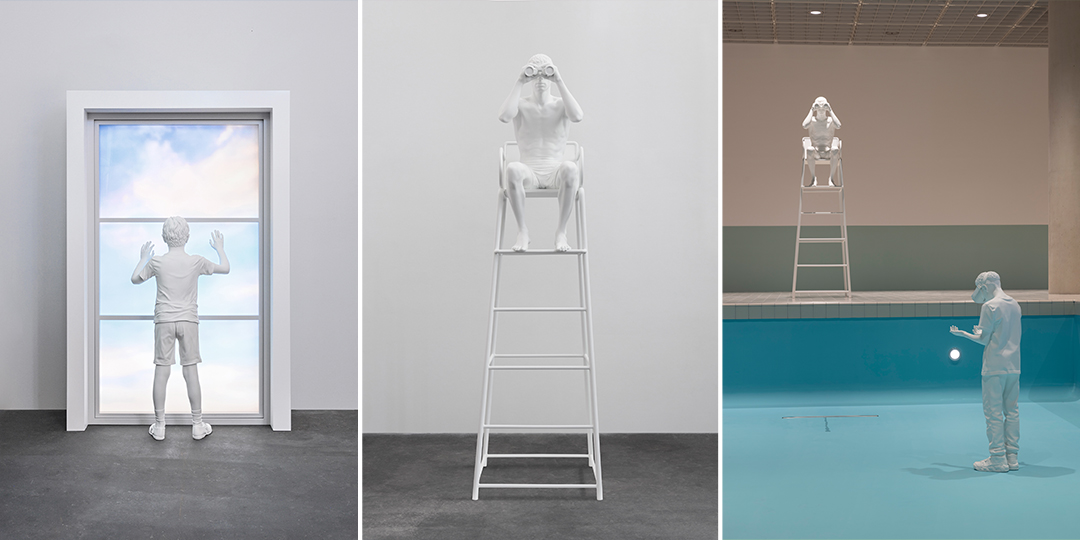
#Theme
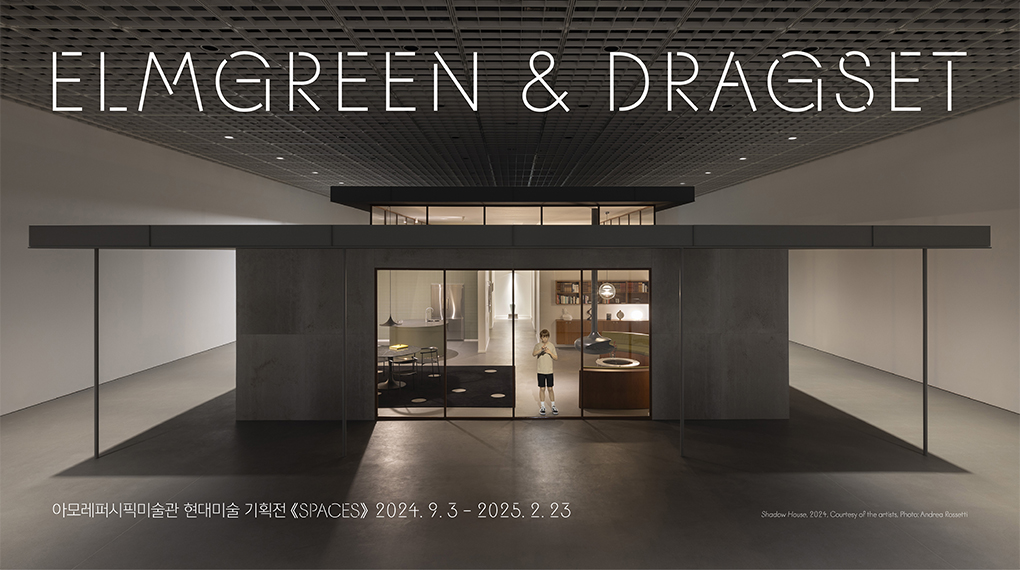
There’s a certain thrill in discovering something fresh and witty amidst the familiar—perhaps that’s the magic of viewing art. When examined closely, even the most straightforward aspects of daily life reveal profound uniqueness. This October, Amore Stories has selected the works of Elmgreen & Dragset, a duo whose creative interpretation of the mundane world offers an extraordinary experience.
#Quote
"You are the main character. Please complete the narrative we've begun."
–ELMGREEN & DRAGSET
#Artist
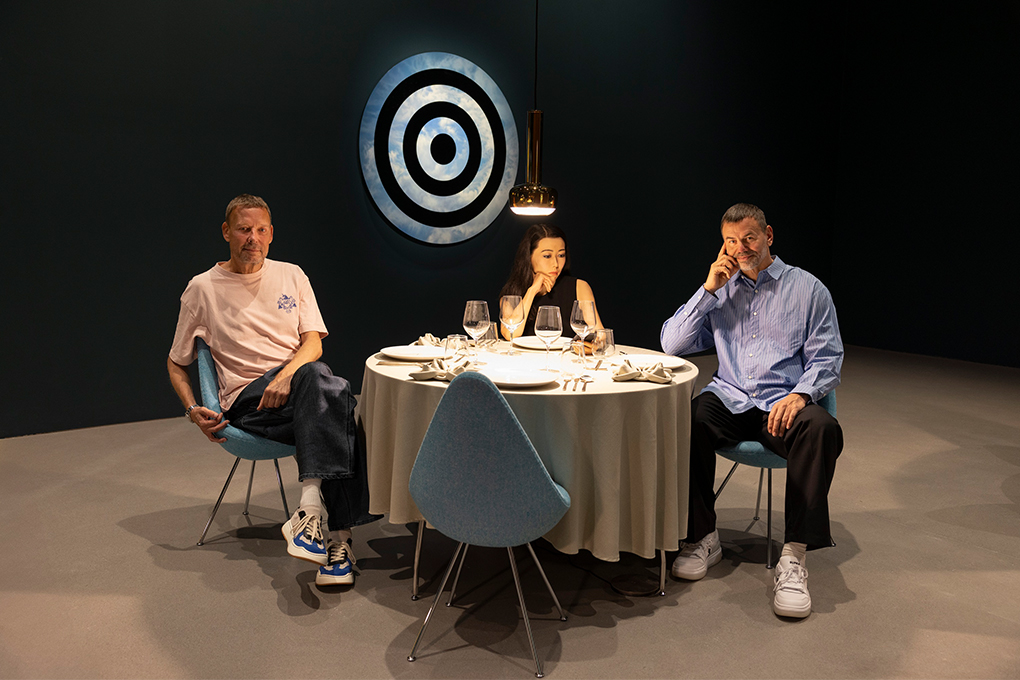
Photo: Andrea Rossetti
Elmgreen & Dragset are a renowned artist duo hailing from Northern Europe. Their work is distinguished by its ability to transform spaces into unexpected environments, subverting the functions and meanings of existing spaces. The exhibition Spaces at the Amorepacific Museum of Art, one of the largest exhibitions in Asia, celebrates their 30 years of collaboration, showcasing their spatial work in one comprehensive display. From life-sized installations like a swimming pool, a house, and a restaurant, their pieces—impressive both in scale and form—will captivate the viewer, presenting art in ways unimaginable in a conventional gallery setting.
#Artist Interview
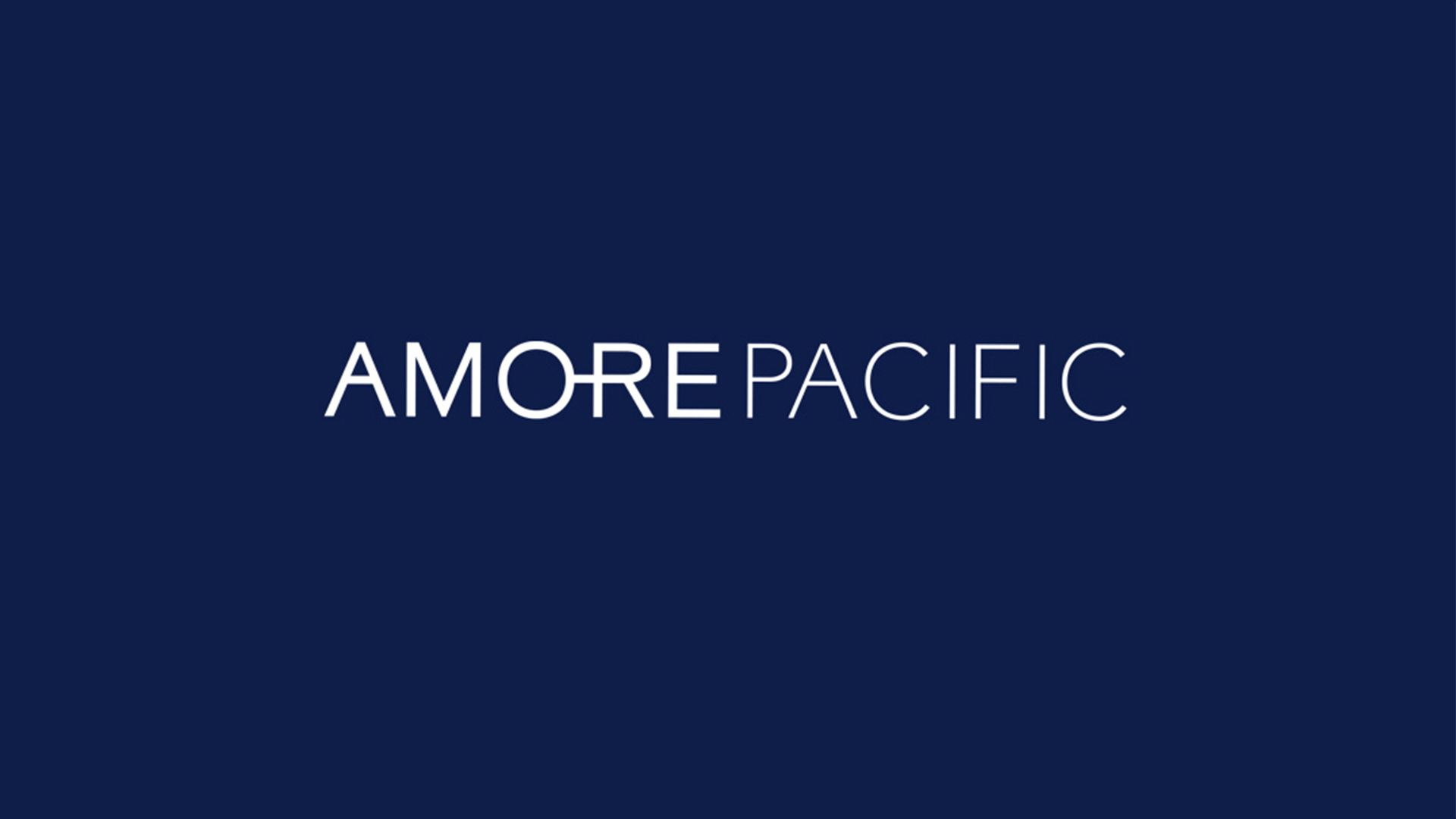
Artist Talk with Elmgreen & Dragset
Elmgreen & Dragset are known for reimagining the original meaning of spaces to convey new messages. In this conversation, they share their thoughts on their work and reveal behind-the-scenes stories from preparing their exhibition at the Amorepacific Museum of Art.
Q. You’ve dramatically transformed the Amorepacific Museum of Art through this exhibition. What inspiration did you draw from the space?
This project was deeply meaningful for us in many ways. The Amorepacific space served as a canvas and a source of inspiration. The vast underground area allowed us to install a full-scale house, something we had envisioned. It’s almost like a Russian matryoshka doll, a smaller house within a house. What fascinated us most was placing our ‘private’ large-scale residential space within a ‘public’ one—a bustling environment where thousands of employees work daily. This contrast between public and private was a particularly compelling experience for us.
Q. The exhibition includes five large-scale installation spaces—a swimming pool, house, restaurant, kitchen, and artist’s studio. What is the intention behind each of these spaces?
These five large spaces unfold discontinuously, much like scrolling through a random series of social media posts. They reflect our inquiry into how everyday life exists between digital and physical realms. Visitors who navigate the exhibition will discover hidden clues and combine them to create their own stories.
We believe that the ability to construct one’s own narrative is essential when viewing art—especially in a world of blurred boundaries and constant confusion. We hope the audience will step into the role of the protagonist, completing the story we’ve begun.
Q. Could you share a few hints about these hidden clues?
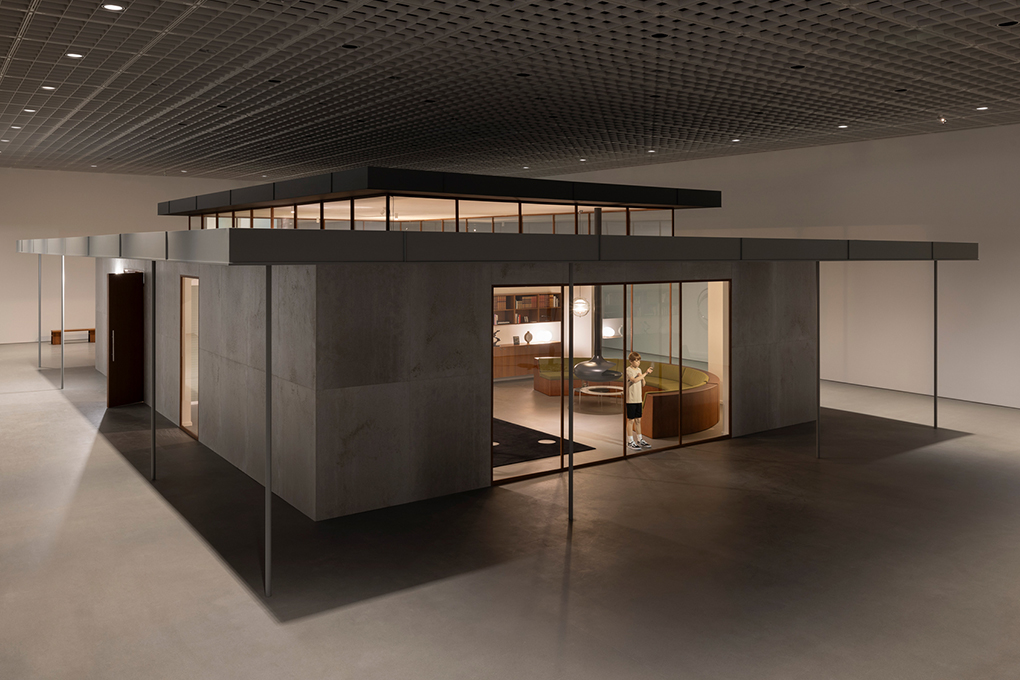
Elmgreen & Dragset, <Shadow House>, 2024, mixed media, courtesy of the artists. Photo: Andrea Rossetti
Shadow House
The home is a space where everyone forms relationships. We wanted to create an environment where visitors could experience art through such a familiar space. In this setting, we sought to evoke feelings of loneliness, the struggles of growing up, memory, gender, and even the difficulties of unhappy families, all against a modern backdrop. Our inspiration came from the film Parasite, where the house is not just a setting but a catalyst for the film’s narrative.
Within this fully realized home—with a living room, kitchen, bedroom, and bathroom—various elements offer clues about the imaginary inhabitants. In the <Shadow House> installation, visitors might feel as though they’ve stepped into a two-dimensional movie scene or as though they’re peering into someone else’s home.
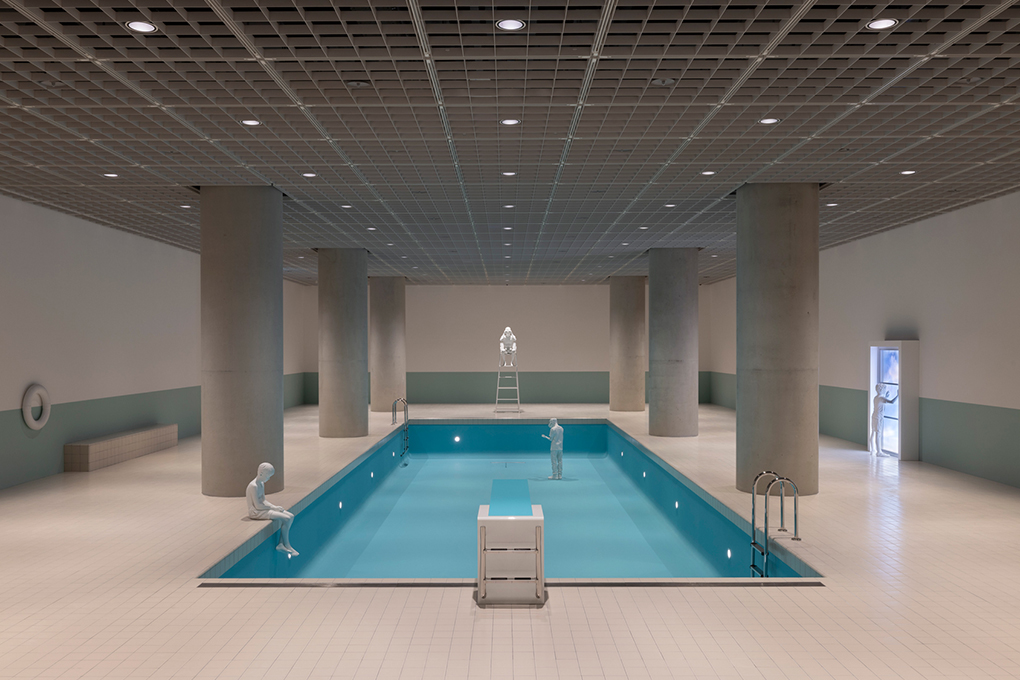
Elmgreen & Dragset, <The Amorepacific Pool>, 2024, lights, stainless steel, tiles, paint, courtesy of the artists. Photo: Andrea Rossetti
The Amorepacific Pool
David Hockney’s work inspired this installation. Think about the unique qualities of a swimming pool—a communal space where everyone wears the same uniform, a swimsuit, which erases visual distinctions of class. In that sense, a swimming pool is a democratic environment. By presenting an empty pool, we aimed to comment on the decline of public spaces and the loss of community in today’s world. At The Cloud restaurant, visitors can also see a miniature sculpture of Van Gogh’s Ear (2016), which we installed in the heart of Manhattan. Motifs from our previous works are hidden throughout the exhibition, and discovering these will add another layer of intrigue.
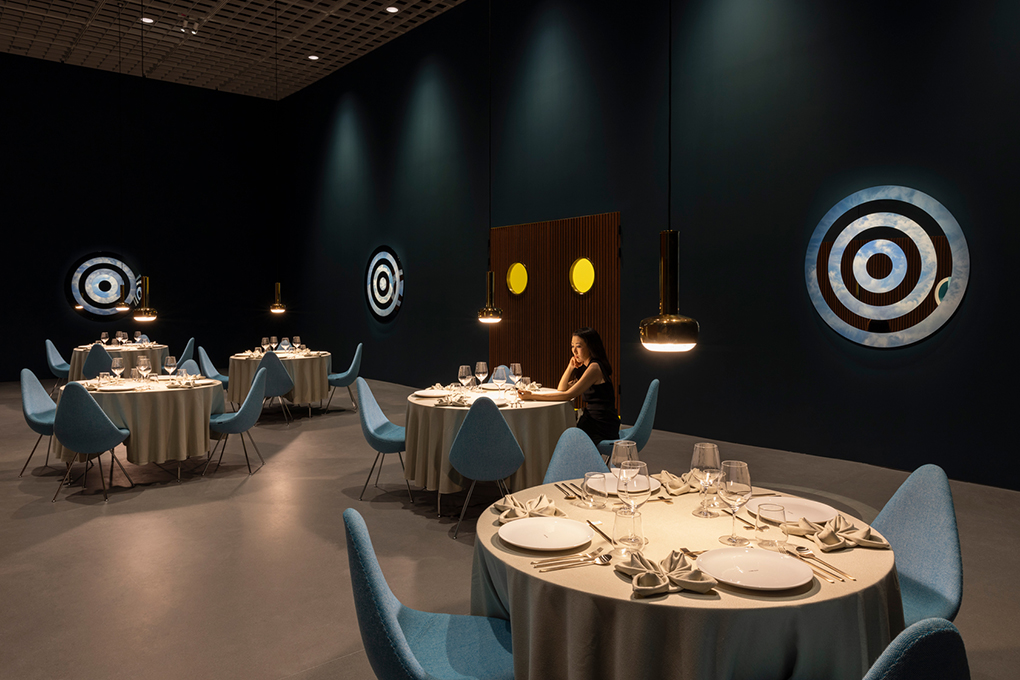
Elmgreen & Dragset, <The Cloud>, 2024, mixed media, courtesy of the artists. Photo: Andrea Rossetti
The Cloud
We designed The Cloud to resemble a fully operational restaurant. What intrigued us most about this project was that a restaurant occupies a space between public and private realms. In this setting, people do more than eat; they engage in various activities. Our protagonist, Gera, sits in the restaurant, engaged in a FaceTime call. Although seated in a public space, the private nature of the video call creates a dual experience, where both public and private spaces coexist simultaneously. Through this unconventional experience of a familiar space like a restaurant, we sought to highlight how technological advancements have dehumanized modern spaces. When you visit The Cloud, ask for the menu at the reception. It promises a unique experience. And if you take a closer look at the plates, you’ll find out how many calories each dish contains.
Q. What is the artwork featured in the main image?
The centerpiece is a swimming pool adorned with white sculptures that evoke ancient works of art, yet these figures pose existential questions about modern masculinity, isolation, and growth. Though the sculptures share the same space, each figure is absorbed in its world, disconnected from the others.
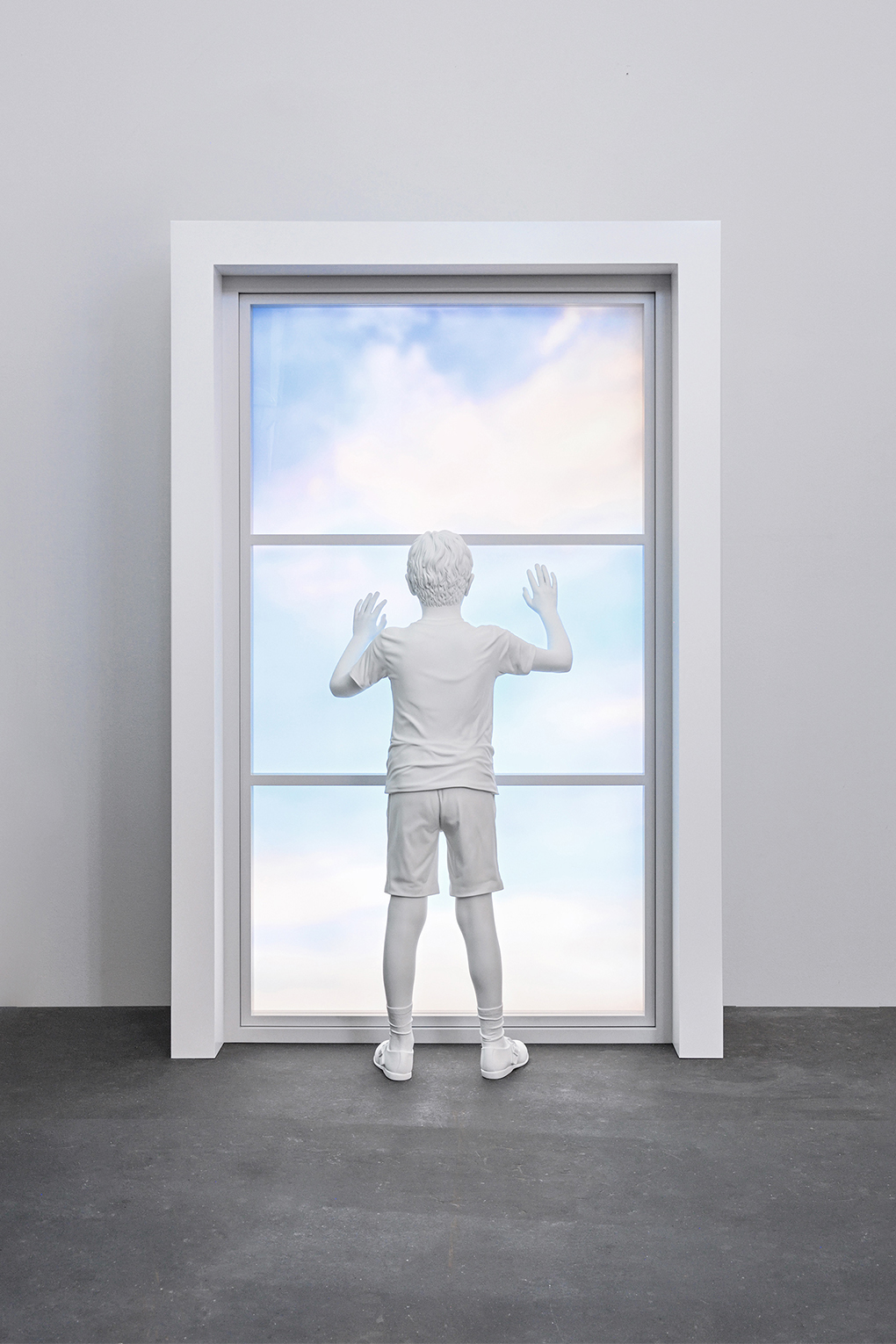
Elmgreen & Dragset, <The Screen>, 2021, bronze lacquer, light box display,
225 X 145 X 40cm, collection of Amorepacific Museum of Art. Photo: Elmar Vestner
1. The Screen
A boy gazes beyond a window, his eyes filled with a longing for the possibilities and mysteries of the outside world. This piece summons universal feelings from childhood, evoking the loneliness and yearning we all once felt. Children often rely on their imagination to overcome difficulties. The boy’s hopeful gaze reflects this, reminding us of humanity’s intrinsic desire to pursue dreams and hope, even in the face of disconnection.

Elmgreen & Dragset, <Watching>, 2024, bronze, lacquer,
290 X 105 X 85cm, courtesy of Pace Gallery. Photo: Elmar Vestner
2. Watching
This piece portrays a young man looking through a telescope. The viewer never sees what he’s observing, prompting them to imagine it themselves. This security guard is a recurring character in our work, symbolizing the isolated male figure. We often blend realistic human images with everyday objects to erase the hierarchy between people and things. Here, both the telescope and the guard become the observed, reversing the roles of the observer and the observed.
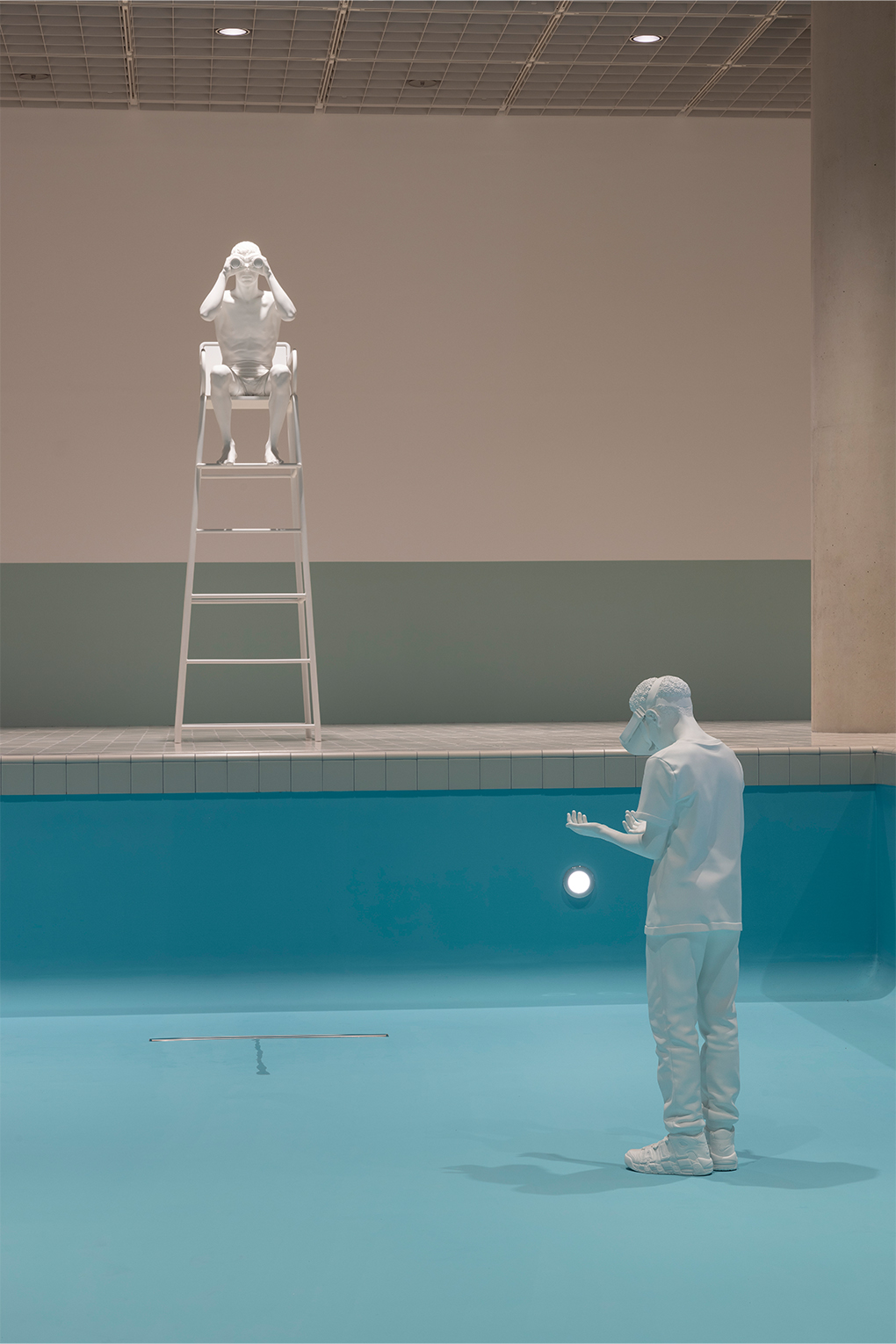
Amorepacific Museum of Art Special Exhibition: Spaces. Photo: Andrea Rossetti
3. This is How We Play Together
A boy is at the pool's center, not immersed in the physical space around him but rather in a VR game. Wearing a VR headset, he reaches out to grasp something intangible in the simulated reality before him. This work creates a tension between the long tradition of sculpture and the cutting-edge technology of virtual reality. It explores the increasing digitalization of our lives and its consequences. The ultra-modern depiction of the human body reflects on the place of human experience in an increasingly dehumanized world while also considering the profound impact of rapid technological advancements on life and society.
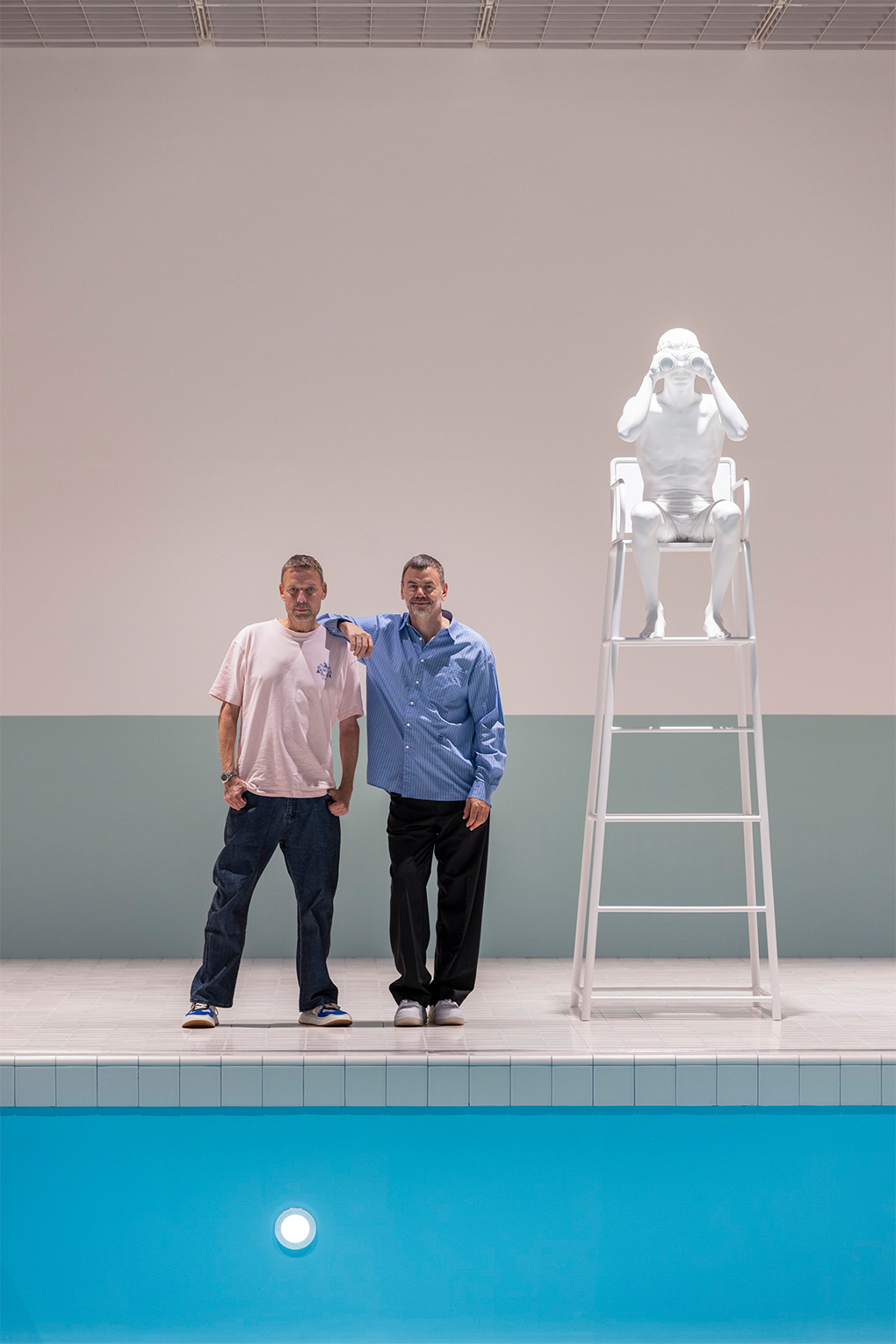
Photo: Andrea Rossetti
Q. What themes have recently captivated both of you as artists?
One of the principles we’ve always adhered to in our work is to focus on topics and concerns close to our lives rather than the global news cycle. We’ve become very interested in physical experiences and roles within that context. Observing how our bodies change over time will be a fascinating process for us in the future—and this might even become a central theme in our upcoming works.
[Exhibition Overview]
● Title: Spaces
● Exhibition Dates: September 3, 2024 (Tuesday) – February 23, 2025 (Sunday)
● Visiting Hours: 10:00 AM – 6:00 PM (Ticketing closes at 5:30 PM / Closed on Mondays, January 1, Lunar New Year, and Chuseok)
● Venue: Amorepacific Museum of Art (100 Hangang-daero, Yongsan-gu, Seoul)
● Exhibition Reservations: Available on the official Amorepacific Museum of Art website (http://apma.amorepacific.com)
● Admission Fees
| Price | 18,000 KRW | 14,000 KRW | 9,000 KRW | Free admission |
| Audience | Adults (19 and older) | Students (7–18 years old) | National Merit recipients, Disabled (including one caregiver) Children (3–6 years old) |
Children (below 36 months old) |
● Mobile Exhibition Guide: Free audio guide available via the “APMA Guide” mobile application.
● Inquiries: Amorepacific Museum of Art / 02-6040-2345 / museum@amorepacific.com
● Exhibited Works: Over 50 pieces, including installations such as Shadow House, The Amorepacific Pool, and The Cloud.
● Sponsors/Partners: Office for Contemporary Art Norway (OCA), Embassy of Denmark in Korea , Fritz Hansen, Louis Poulsen, Kohler, Sulwhasoo
● Inquiries: Amorepacific Museum of Art / 02-6040-2345 / museum@amorepacific.com
-
Like
0 -
Recommend
0 -
Thumbs up
0 -
Supporting
0 -
Want follow-up article
0





